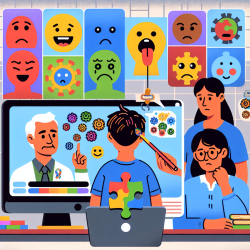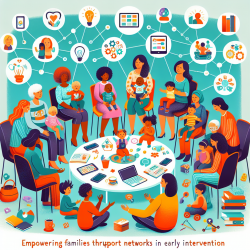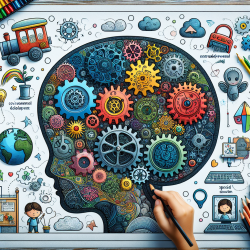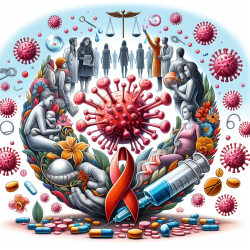As practitioners dedicated to enhancing the lives of children with autism spectrum disorder (ASD), understanding the nuances of their social interactions is crucial. A recent study titled "Children with autism spectrum disorder produce more ambiguous and less socially meaningful facial expressions: an experimental study using random forest classifiers" offers valuable insights into the unique challenges faced by children with ASD in producing facial expressions (FEs). This blog will delve into the findings of this study and suggest ways practitioners can leverage these insights to improve their therapeutic approaches.
Key Findings from the Study
The study employed computer vision and random forest (RF) classifiers to analyze the FEs of children with ASD and those with typical development (TD). The results highlighted several critical points:
- Children with ASD produce more ambiguous and less socially meaningful FEs compared to their TD peers.
- Positive emotions, such as happiness, were easier for children with ASD to produce than negative emotions like sadness.
- RF classifiers needed more facial landmarks to accurately classify the FEs of children with ASD, indicating greater variability and ambiguity in their expressions.
- Human judges also found it more challenging to rate the FEs of children with ASD as recognizable and credible.
Implications for Practitioners
Understanding these findings can significantly enhance the effectiveness of therapy for children with ASD. Here are some practical steps practitioners can take:
1. Tailor Interventions to Specific Emotional Challenges
Since the study found that children with ASD have more difficulty producing negative emotions, interventions can be tailored to focus on these specific areas. Practitioners can use targeted exercises to help children recognize and express negative emotions more accurately.
2. Utilize Technology in Therapy
The use of computer vision and machine learning tools, as demonstrated in the study, can be integrated into therapeutic practices. These tools can provide objective assessments of a child's progress in producing socially meaningful FEs, offering data-driven insights that can guide intervention strategies.
3. Incorporate Multimodal Approaches
The study highlighted that children performed better in tasks that involved both facial and vocal expressions. Practitioners can incorporate multimodal approaches in therapy sessions to help children develop a more holistic understanding and production of FEs.
4. Encourage Peer Interaction
Given that children with ASD might produce FEs differently, creating opportunities for peer interaction can provide naturalistic settings for practicing and improving social expressions. Peer modeling and feedback can be invaluable in this context.
Encouraging Further Research
While the study provides significant insights, it also opens the door for further research. Practitioners are encouraged to stay updated with ongoing research and consider participating in studies that explore new methods and tools for improving social skills in children with ASD.
To read the original research paper, please follow this link: Children with autism spectrum disorder produce more ambiguous and less socially meaningful facial expressions: an experimental study using random forest classifiers.










